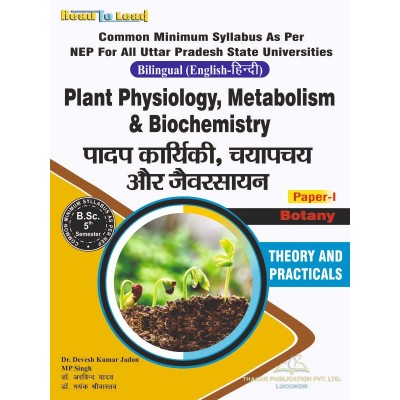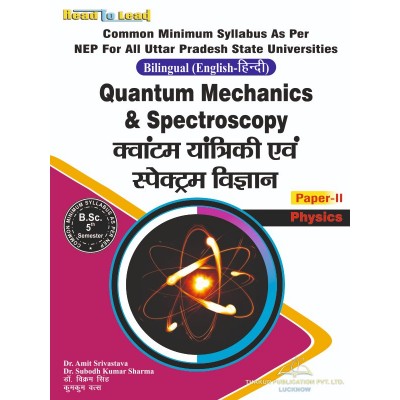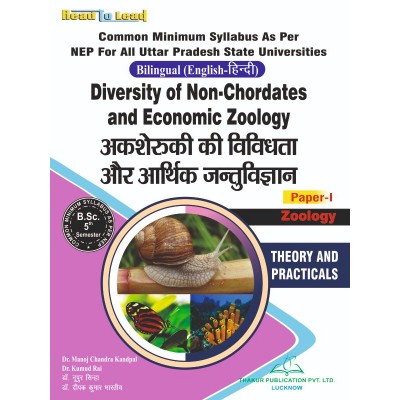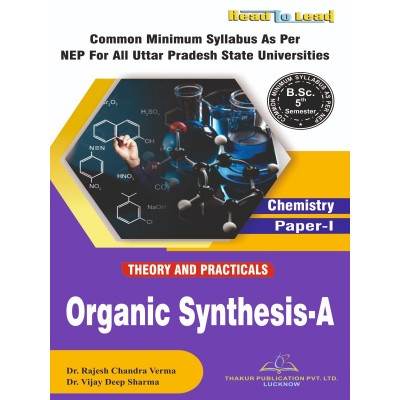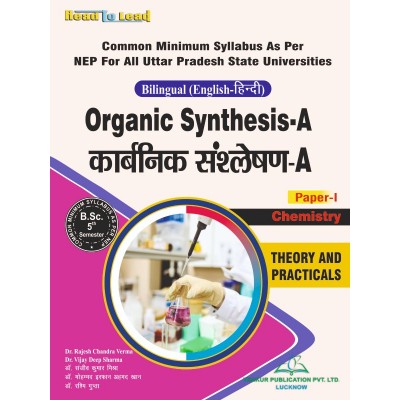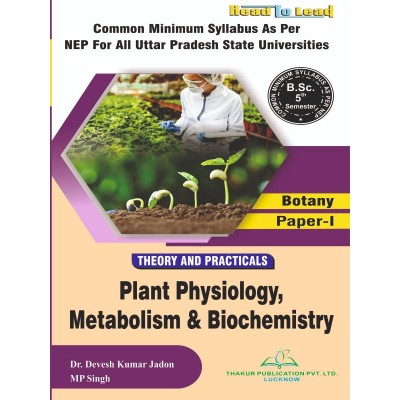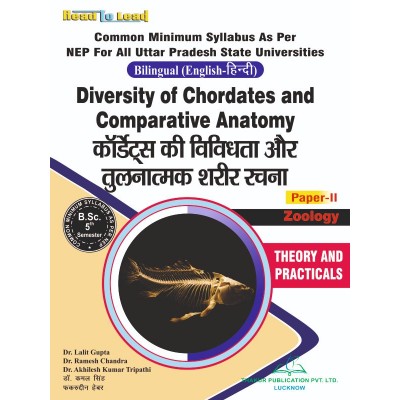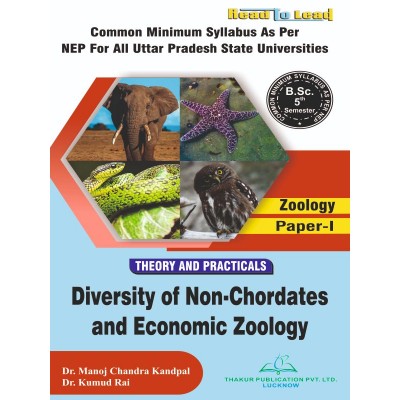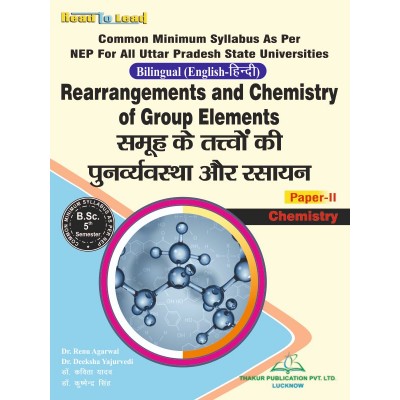Categories
- Pharmacy
-
Nursing
-
MBA
-
BBA
- U.P. State University
- Veer Bahadur Singh Purvanchal University, Jaunpur
- Chaudhary Charan Singh University, Meerut
- Dr. Bhimrao Ambedkar University, Agra
- Chhatrapati Shahu Ji Maharaj University, Kanpur
- Mahatma Jyotiba Phule Rohilkhand University, Bareilly
- Mahatma Gandhi Kashi Vidyapith, Varanasi
- Dr. Ram Manohar Lohia Avadh University, Ayodhya
- Deen Dayal Upadhyaya Gorakhpur University
- Prof. Rajendra Singh (Rajju Bhaiya) University, Prayagraj
-
BCA
- UP State Universities
- University of Pune
- I.K.Gujral Punjab Technical University (PTU)
- University of Rajasthan
- Rashtrasant Tukadoji Maharaj Nagpur University
- Uttar Pradesh NEP2020
- University of Rajasthan ,Jaipur (According to NEP-2020)
- BCCA (B. Com - Computer Science)
- Haryana
- West Bengal
- BBA (CA)
- PUNE BCA (Sci,Commerce)/B.Com (CA)
- Dr. A. P. J. Abdul Kalam Technical University, Lucknow ( AKTU )
- MCA
-
B Ed
- Lucknow University B.Ed Books
- Chaudhary Charan Singh University/Maa Shakambhari University, Saharanpur
- Dr Bhim Rao Ambedkar University, Agra
- Mahatma Gandhi Kashi Vidyapeeth, Varanasi
- Chhatrapati Shahu Ji Maharaj University
- Prof. Rajendra Singh (Rajju Bhaiya) University, Prayagraj (PRSU)
- Mahatma Jyotiba Phule Rohilkhand University(Mjpru), Bareilly
- Dr. Ram Manohar Lohia Avadh University, Ayodhya
- Bundelkhand University, Jhansi
- B.A,B.ed
- B.Sc, B.ed
- Deen Dayal Upadhyaya Gorakhpur University
- Veer Bahadur Purvanchal University (VBPU)
- Maharaja Suhel Dev State University ,Azamgarh (MSDSU)
- Raja Mahendra Pratap Singh State University, Aligarh (RMPSSU)
- Barkatullah Vishwavidyalaya (Bhopal)
- Jiwaji University (Gwalior)
- Vikram University (Ujjain)
- Dr. Harisingh Gour University (Sagar)
- Devi Ahilya Vishwavidyalaya (Indore)
- Rani Durgavati Vishwavidyalaya (Jabalpur)
- Awadhesh Pratap Singh University (Rewa)
- Maharaja Chhatrasal Bundelkhand University (Chhatarpur)
- D. EL. ED
- TET
-
B Com
-
B Sc
- B.Sc. U.P. State Universities Common Syllabus NEP
- Veer Bahadur Singh Purvanchal University, Jaunpur
- University of Lucknow
- Chaudhary Charan Singh University, Meerut
- Madhya Pradesh
- Chhatrapati Shahu Ji Maharaj University, Kanpur
- Dr. Bhimrao Ambedkar University, Agra
- Mahatma Gandhi Kashi Vidyapith, Varanasi
- DEEN DAYAL UPADHYAYA GORAKHPUR UNIVERSITY
- Prof. Rajendra Singh (Rajju Bhaiya) University, Prayagraj
- Dr. Ram Manohar Lohia Avadh University, Ayodhya
- Mahatma Jyotiba Phule Rohilkhand University, Bareilly
- Uttarakhand State Universities
- B.Sc. Bihar Universities Common Syllabus NEP
- University of Rajasthan (Jaipur)
- Haryana
-
Bachelor of Arts [B.A.]
- B.A. Of U.P. State Universities Common Syllabus NEP
- Veer Bahadur Singh Purvanchal University, Jaunpur
- University of Lucknow
- Chaudhary Charan Singh University, Meerut
- Chhatrapati Shahu Ji Maharaj University, Kanpur
- Dr. Bhimrao Ambedkar University, Agra
- Mahatma Gandhi Kashi Vidyapith, Varanasi
- Deen Dayal Upadhyaya Gorakhpur University
- Prof. Rajendra Singh (Rajju Bhaiya) University, Prayagraj
- Dr. Ram Manohar Lohia Avadh University, Ayodhya
- Mahatma Jyotiba Phule Rohilkhand University, Bareilly
- Madhya Pradesh
- Uttarakhand
- Bihar
- University of Rajasthan (Jaipur Syllabus as Per NEP2020)
- Haryana NEP-2020
- B Tech
- LLB
- SWA Education
( Botany ) Molecular Biology & Bioinformatics (Paper-II) U.P B.SC 5th Semester
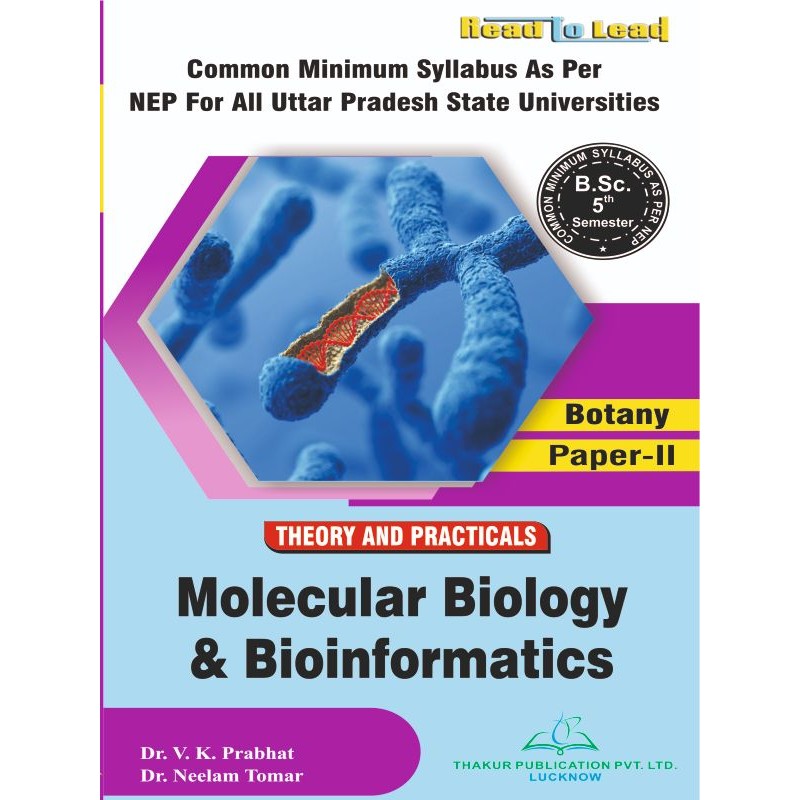
Click below to Buy E-Book Edition:
AUTHORS : DR. V.K Prabhat , Dr. Neelam Tomar
ISBN : 9789357552776
Tax excluded
Click below to Buy E-Book Edition:
AUTHORS : DR. V.K Prabhat , Dr. Neelam Tomar
ISBN : 9789357552776
Syllabus
Course Code: B040502T
Botany-Molecular Biology & Bioinformatics
|
Unit |
Topic |
No. of Lectures (60hrs) |
|
I |
Genetic Material Miescher to Watson and Crick- historic perspective, Griffith’s and Avery’s transformation experiments, Hershey-Chase, bacteriophage experiment, DNA structure, types of DNA, types of genetic material. DNA replication (Prokaryotes and eukaryotes): semi–conservative. DNA replication (Prokaryotes and eukaryotes): bidirectional replication, semi–conservative, semi discontinuous RNA priming, θ (theta) mode of replication, replication of linear, dsDNA, replicating the 5' end of linear chromosome including replication enzymes. |
7 |
|
II |
Transcription & Regulation of Gene Expression Types of structures of RNA (mRNA, tRNA, rRNA), RNA polymerase- various types; Translation, (Prokaryotes and eukaryotes), genetic code. Regulation of gene expression in Prokaryotes: Lac operon and Tryptophan operon; and in Eukaryotes |
7 |
|
III |
Principles & Techniques of Genetic Engineering Blotting techniques: Northern, Southern and Western Blotting, DNA Fingerprinting; Molecular DNA markers i.e. RAPD, RFLP, SNPs; DNA sequencing, PCR and Reverse Transcriptase-PCR. Hybridoma and monoclonal antibodies, ELISA and Immunodetection. Antibody Engineering. |
8 |
|
IV |
Applications of Genetic Engineering Pest resistant (Bt-cotton); herbicide resistant plants (RoundUp Ready soybean); Transgenic crops with improved quality traits (Flavr Savr tomato, Golden rice); Improved horticultural varieties (Moondust carnations); Role of transgenics in bioremediation (Superbug); Industrial enzymes (Aspergillase, Protease, Lipase); Genetically Engineered Products, Biosafety concerns. |
7 |
|
V |
Bioinformatics & its Applications Computer fundamentals - Programming languages in bioinformatics, role of supercomputers in biology. Historical background. Scope of bioinformatics - Genomics, Transcriptomics, Proteomics, Metabolomics, Molecular Phylogeny, Computer aided Drug Design (structure based and ligand based approaches), Systems Biology and Functional Biology. Applications and Limitations of bioinformatics. |
8 |
|
VI |
Biological Databases: Introduction to biological databases - primary, secondary and composite databases, NCBI, nucleic acid databases (GenBank, EMBL, DDBJ, NDB), protein databases (PIR, Swiss-Prot, TrEMBL, PDB), metabolic pathway database (KEGG, EcoCyc, and MetaCyc), small molecule databases (PubChem,) |
8 |
|
VII |
Data Generation and Data Retrieval Generation of data (Gene sequencing, Protein sequencing, Mass spectrometry, Microarray), Sequence submission tools (BankIt, Sequin, Webin); Sequence file format (flat file, FASTA, GCG, EMBL, Clustal, Phylip, Swiss-Prot); Sequence annotation; Data retrieval systems (SRS, Entrez) |
7 |
|
VIII |
Phylogenetic Analysis Similarity, identity and homology, Alignment – local and global alignment, pairwise and multiple sequence alignments, alignment algorithms. Methods of Alignment (Dot matrix, Dynamic Programming, BLAST and FASTA); Phylogenetic analysis: Construction of phylogenetic tree, dendrograms, methods of construction of phylogenetic trees. |
8 |
16 other products in the same category:
Your review appreciation cannot be sent
Report comment
Report sent
Your report cannot be sent
Write your review
Review sent
Your review cannot be sent









 Watch Book Review
Watch Book Review
